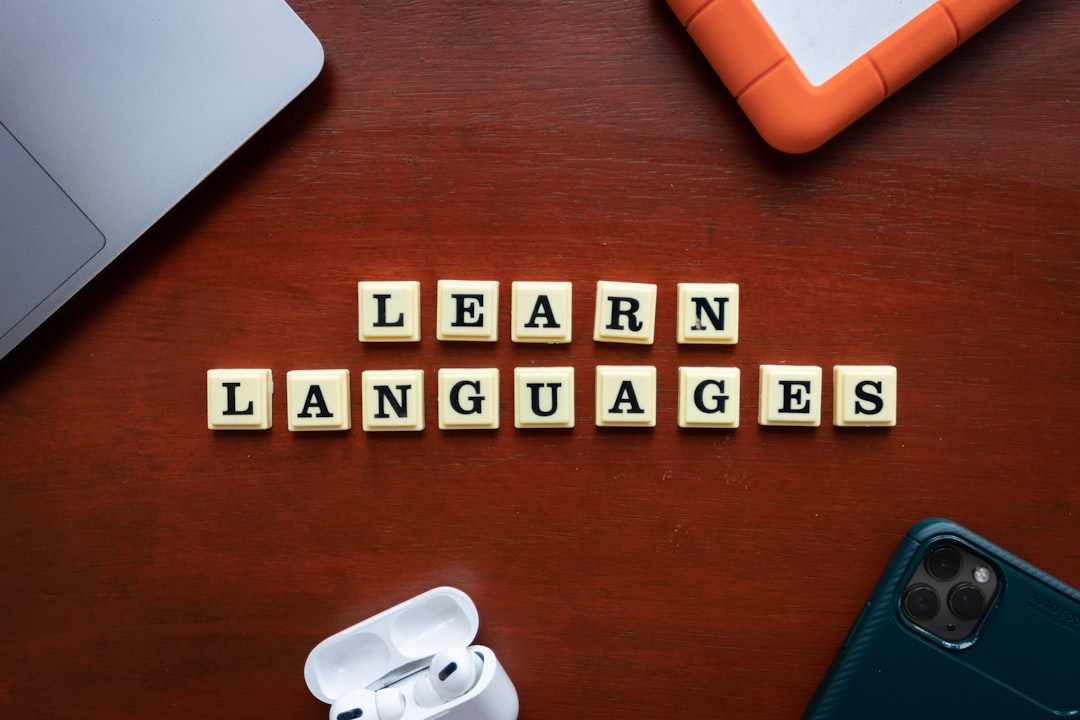In today’s global digital landscape, creating multilingual websites is no longer optional—it’s essential. As businesses look to expand into international markets, Webflow continues to be a go-to platform for designers and developers who want powerful frontend design without writing backend code. However, Webflow alone doesn’t support multilingual websites out of the box, which brings translation software into the picture.
With 2025 seeing rapid advancements in localization technology, Webflow users now have more powerful tools than ever to manage and automate translations. This guide explores the top translation software for Webflow, important features to consider, and how to choose the best solution for your site.
Top Translation Software Options for Webflow (2025)
Here are some of the most popular translation tools that integrate seamlessly with Webflow:
- Weglot: One of the most popular solutions, Weglot automatically detects and translates content, and offers a user-friendly editor to make manual corrections. It integrates easily with Webflow through a single line of code.
- Polyflow: A native translation layer built specifically for Webflow users. Fast, lightweight, and no third-party scripts needed.
- ConveyThis: Offers affordable plans and supports auto translation through multiple engines such as Google and DeepL. Its Webflow integration is straightforward, making it ideal for startups.
- Langify (via custom scripting): Although traditionally a Shopify tool, Langify can be used on Webflow with some custom development. Best suited for tech-savvy developers.

Essential Features to Look For
When selecting a translation software for Webflow, it’s important to consider the following features:
- Automatic Language Detection: This ensures site visitors are shown content in their native language based on browser or IP location.
- SEO Optimization: Proper hreflang tags, translated URLs, and alt text are key for international SEO.
- Manual Override: You should be able to manually edit translations for improved brand consistency and tone.
- Real-Time Sync: Your translations should update automatically as you make changes to the original content.
- Performance: Lightweight scripts and fast loading are critical for user experience and ranking.
Setup and Integration
Most translation tools follow a simple setup process in Webflow:
- Sign up for the translation service and configure your languages.
- Add a snippet of code to the Webflow project using the custom code settings.
- Customize the language switcher to match your design UI.
- Adjust translations manually if needed through the tool’s dashboard.
Integration typically doesn’t require advanced coding skills, especially for tools like Weglot and ConveyThis, making them ideal even for non-developers.
Benefits of Using Translation Software with Webflow
- Increased Global Reach: Multilingual support allows access to a wider international audience.
- Improved User Experience: Users can navigate your site in their preferred language, reducing bounce rates.
- Higher Conversion Rates: Customers are more likely to engage and purchase if they understand the content fully.
- Competitive Advantage: Many Webflow sites are still monolingual, giving your brand a leg up in global markets.

Challenges and Considerations
While translation software can streamline multilingual site management, some challenges include:
- Cost: Some tools charge based on word count or number of active languages, which can add up.
- Accuracy: Machine translations may need regular manual editing for ideal results.
- SEO Risks: Improperly set hreflang tags or translated URLs can hurt international SEO.
Conclusion
In 2025, creating a multilingual Webflow website is easier than ever thanks to intuitive translation software. Whether you’re launching a startup or expanding an enterprise site, tools like Weglot, Polyflow, and ConveyThis offer a suite of features to help deliver content in multiple languages seamlessly. Before investing, carefully evaluate features, pricing, and integration potential to select the best translation software for your Webflow project.
FAQ
- Q: Can I make a multilingual Webflow site without third-party tools?
A: Yes, but it requires creating duplicate pages for each language and custom logic to switch between them, which can be time-consuming and hard to manage. - Q: Will translation software impact my website speed?
A: Some solutions add external scripts which may slightly affect load times. Light solutions like Polyflow minimize performance impact. - Q: How does translation software affect SEO?
A: Most quality tools follow SEO best practices including hreflang tags, translated URLs, and metadata, helping maintain and improve international search rankings. - Q: Is manual translation still necessary?
A: For brand accuracy, manual refinement is recommended, especially for important content like CTAs and product descriptions. - Q: Can I change the language switcher design?
A: Yes, most tools allow full customization to align it with your site’s branding.



